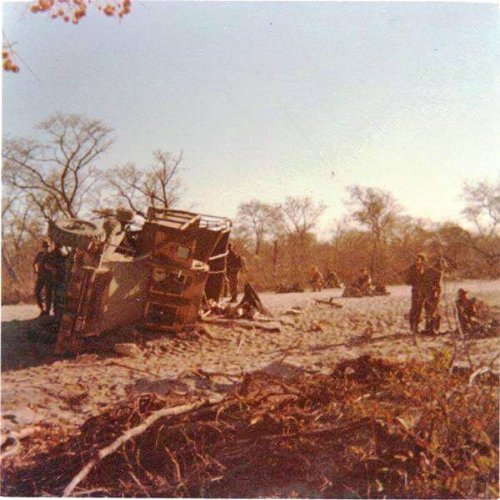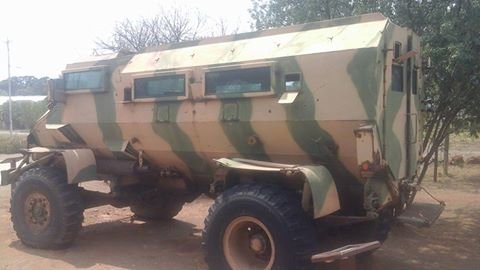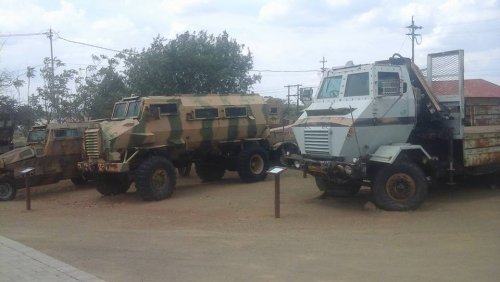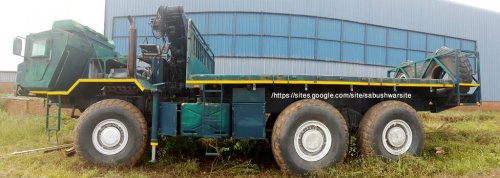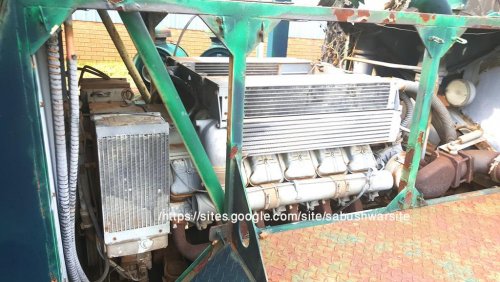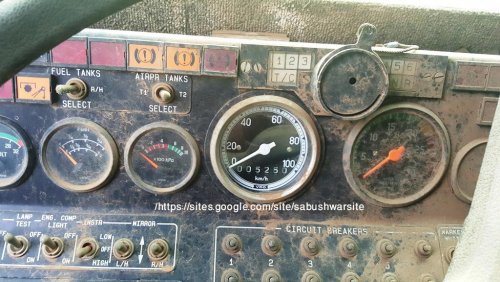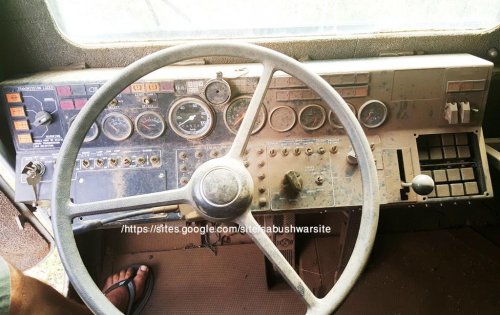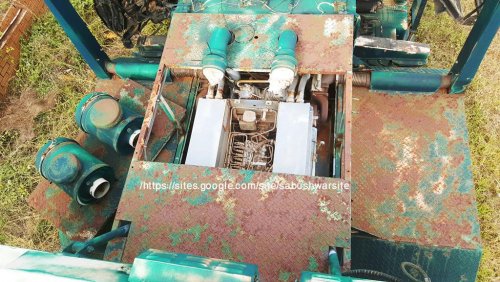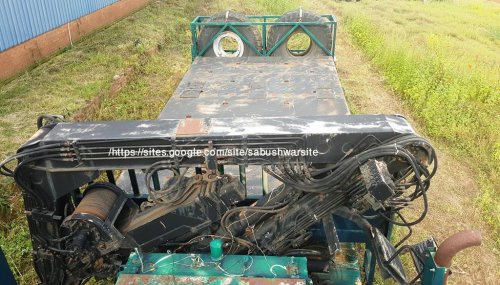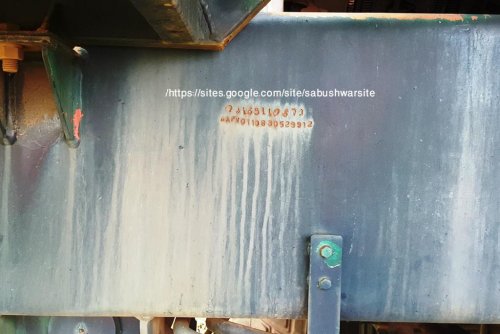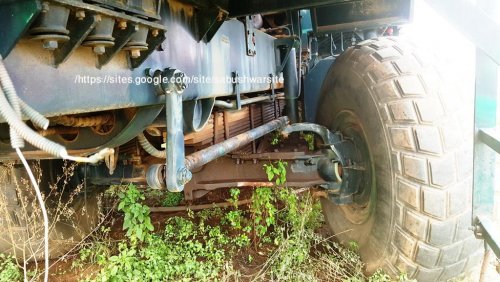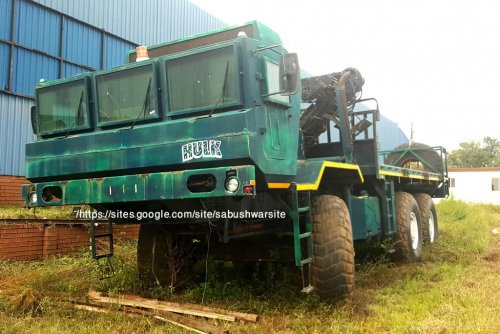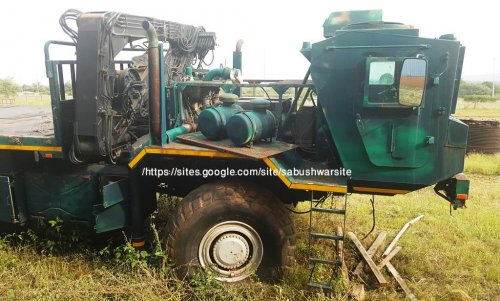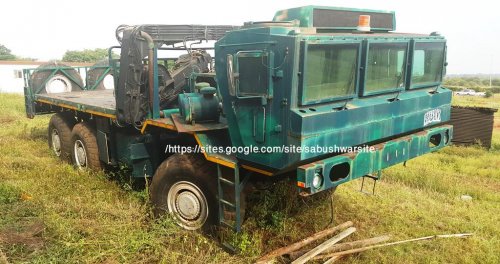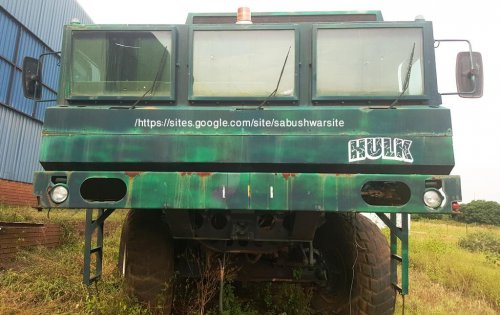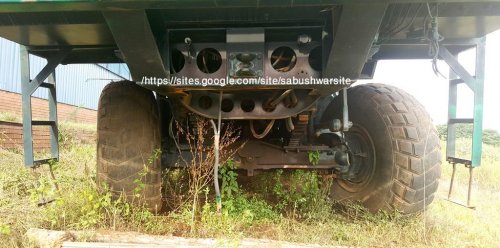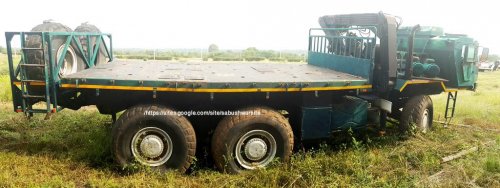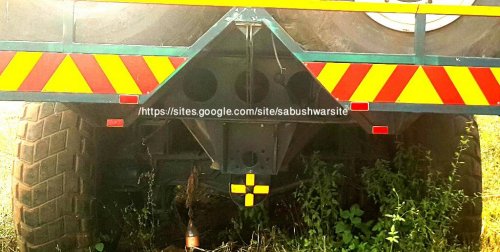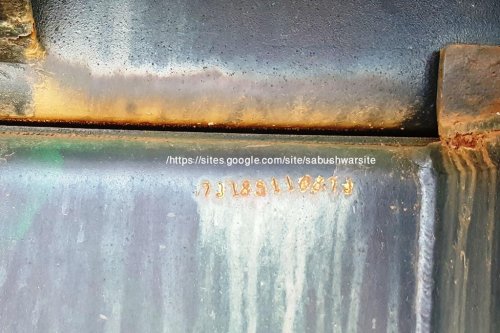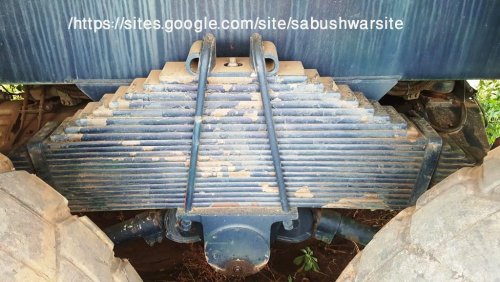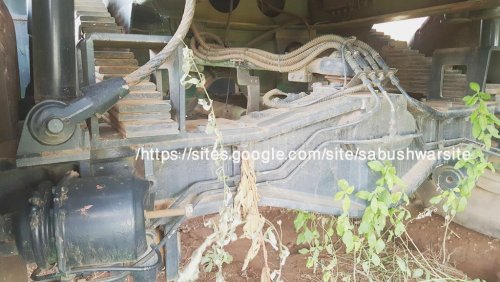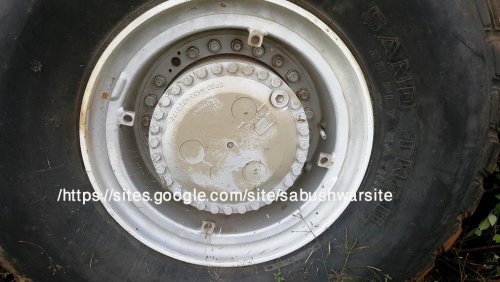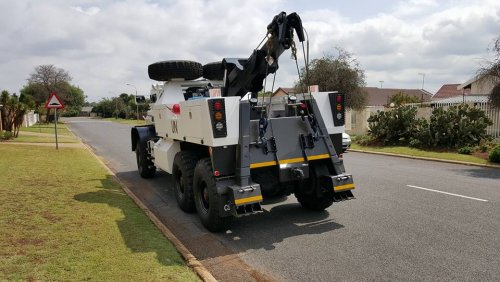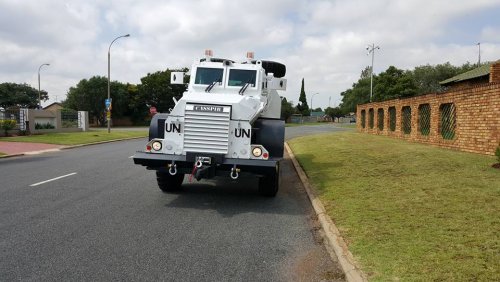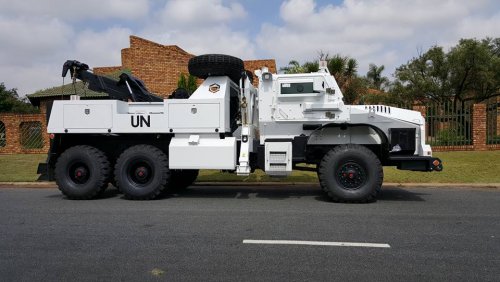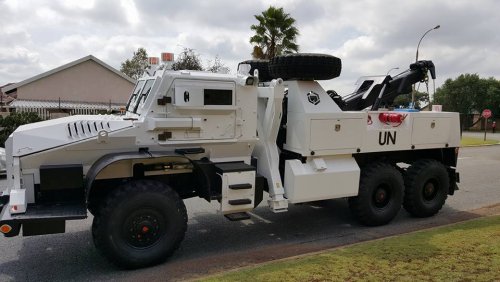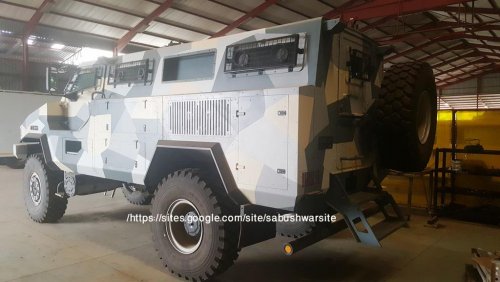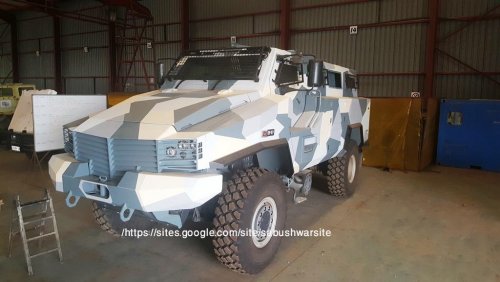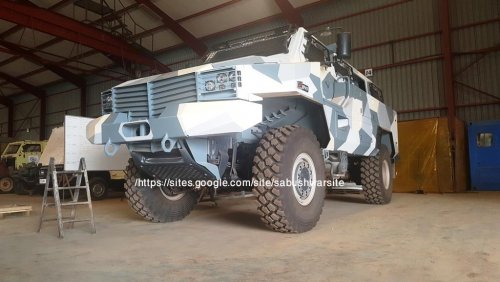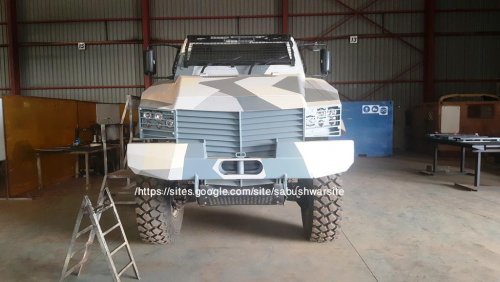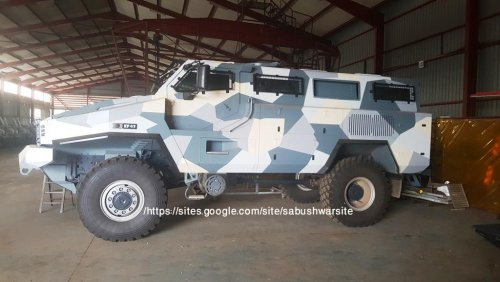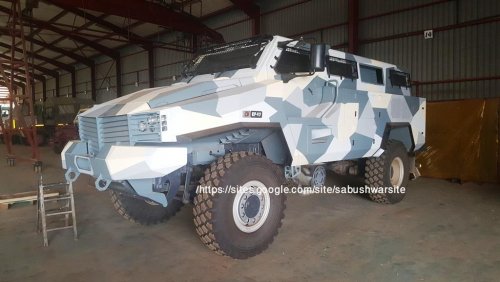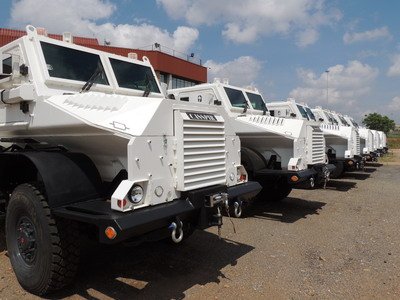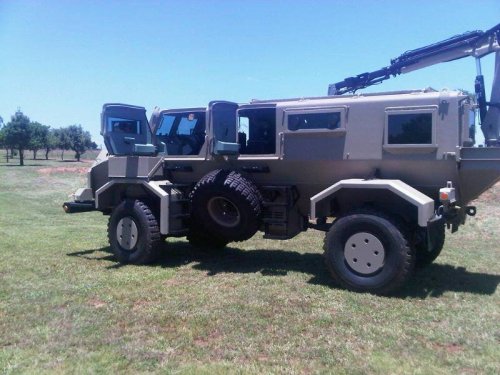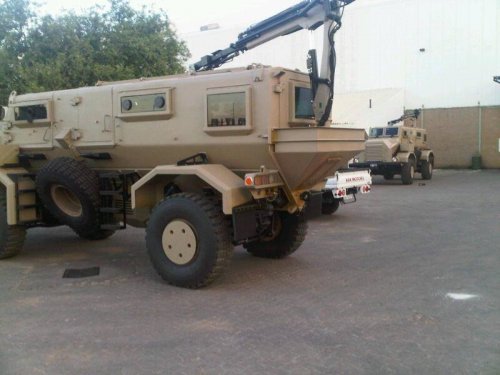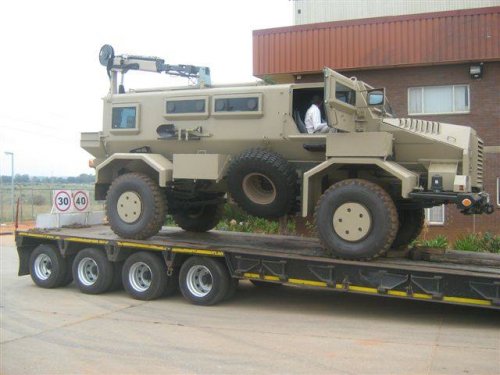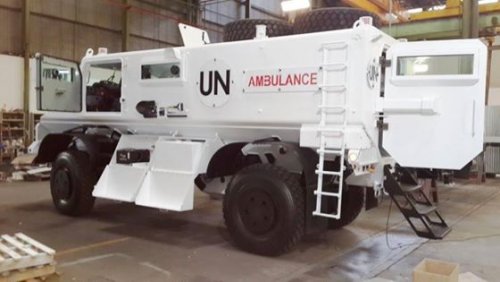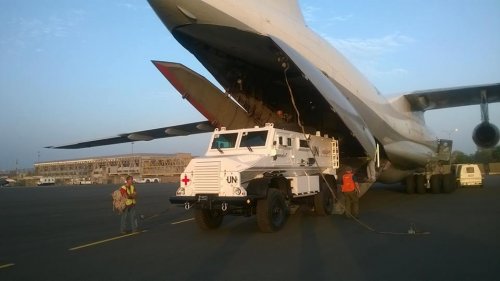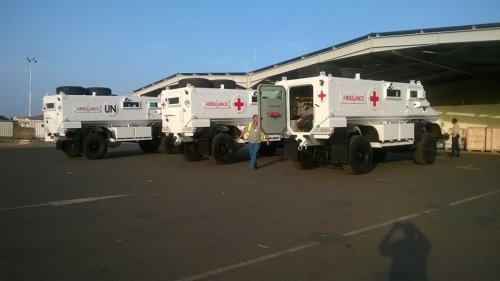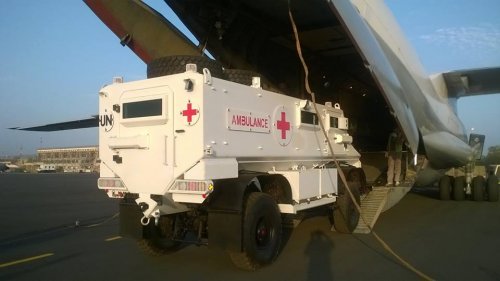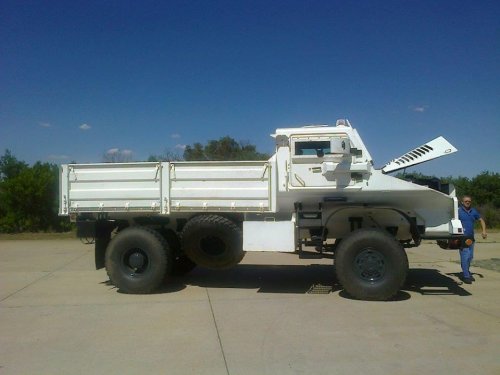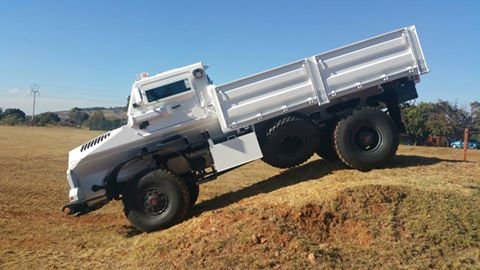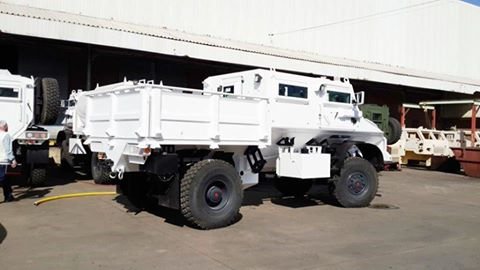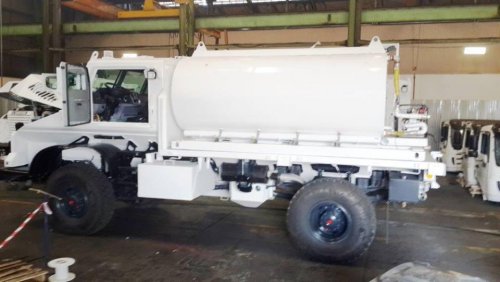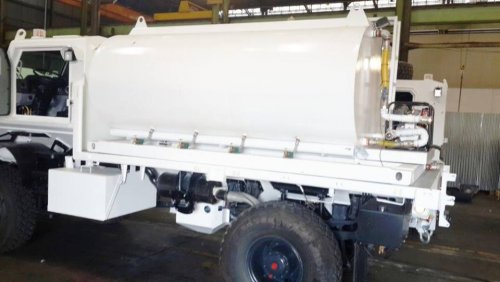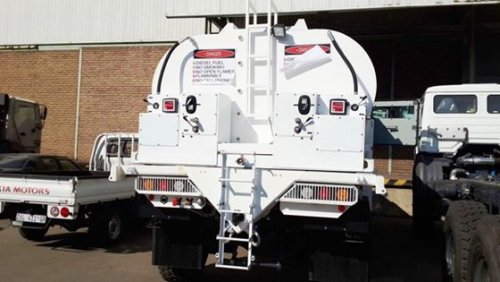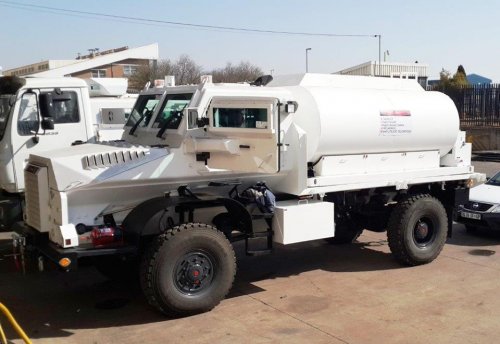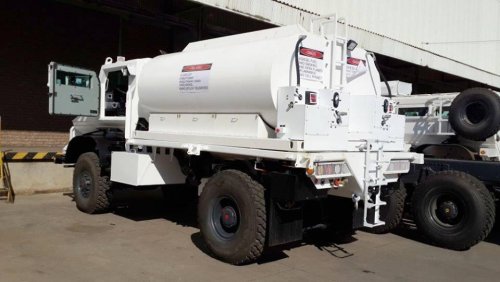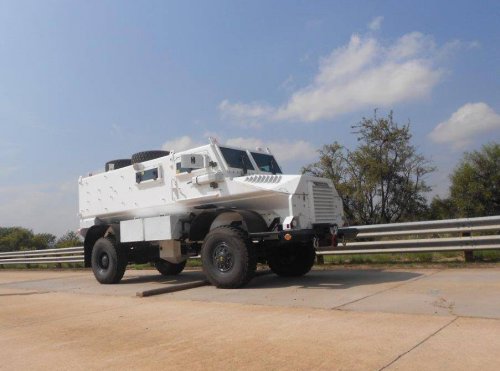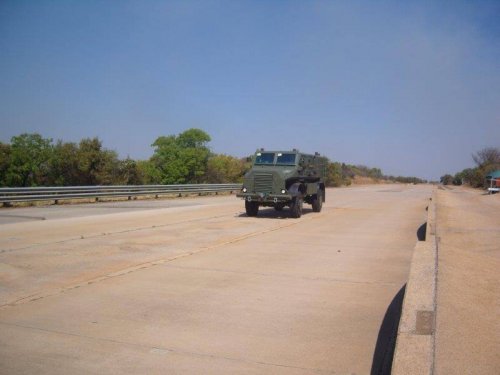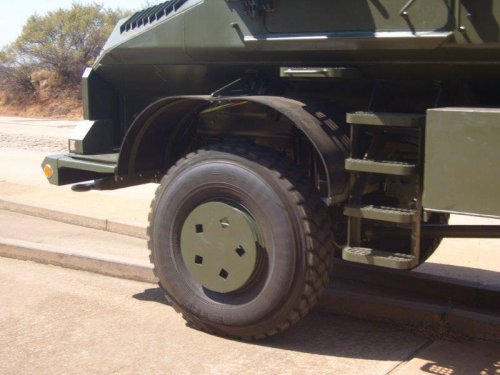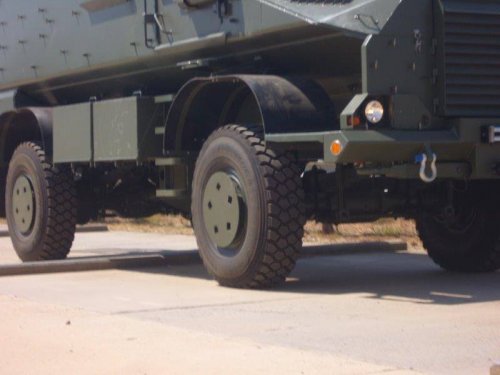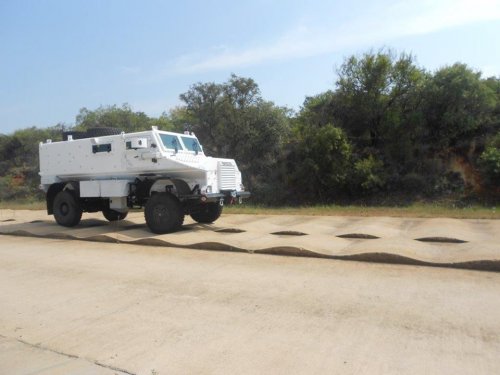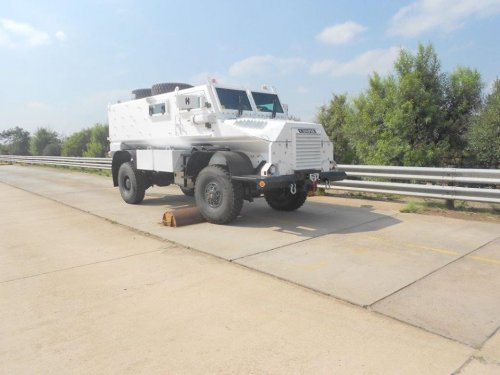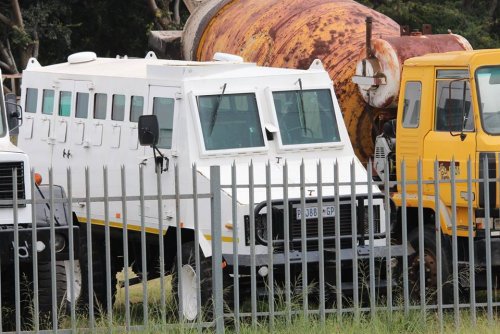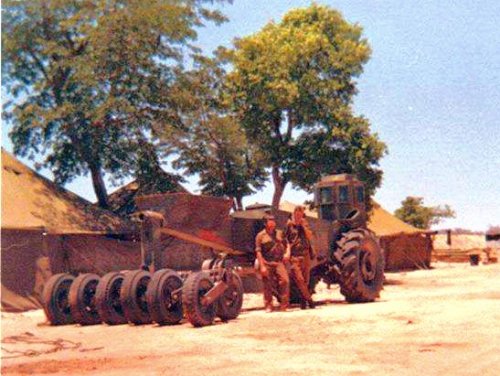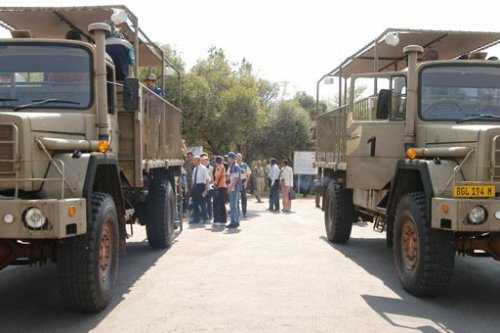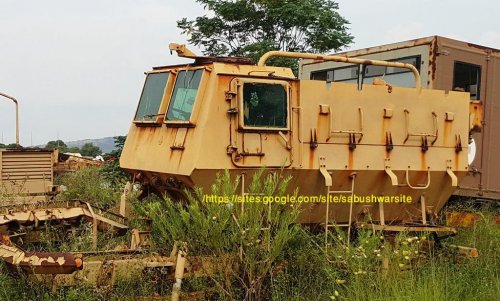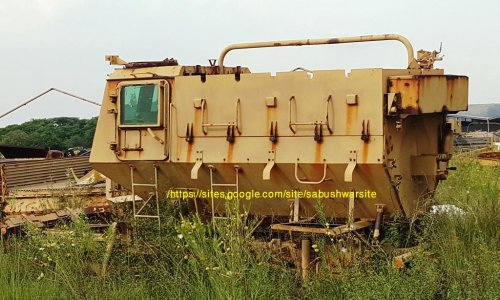- Joined
- 27 March 2006
- Messages
- 1,866
- Reaction score
- 1,604
sa_bushwar said:Abraham,
Agree with your arguments, just wondered of any artillery development took place. The SADF was better off with a strategic nuke deterrent, as opposed to tactical nukes. However there is some evidence work on miniaturized implosion devises did take place - see extract from AL Venter's book below. Being able to lob a nuclear device a few 1000km with an RSA 3 to let's say Luanda during a last stand in a possible Cold War conflict was much more of a deterrent than what a tactical nuke delivered by artillery shell would have been.
Did the SA nukes ever serve as any real deterrent, as (virtually) nobody knew about their existence?! Some foreign spy agencies might have known - double-flash in South Atlantic, links with Israel, etc. I suppose the SA Government would have pulled this trick out of the hat if the war unfolded in a different way, or if hardliners in Government wanted to preserve the apartheid regime for longer. Apparently the Buccaneer on display at the Military Museum in JHB was already specifically overhauled (and modified?) to carry the nukes.
SA's nuclear programme was based on secrecy and denials so as to keep inquisitiveness away.
Reading about it in "Those who had the Power" by Pierre Victor and Nic Badenhorst, the policy seems to have been one of silence, to ensure a minimum of external political pressure, inspection, and to maintain a level of secrecy about developments, deployments, etc. One of the authors worked on some of the platforms with Armscor, and his book was absolutely shredded by the powers-that-be, basically leading him to rewriting the entire thing. Even though it dealt with stuff that had happened 2 decades and more earlier.
It seems this silence re the nukes was to be rigorously adhered to, and only in a situation of dire emergency, such as an external force trying to invade, or openly support an invasion, or bomb, would the cat be let out of the bag behind the scenes to the relevant parties to ensure any such action promptly stopped.
The development of a true ICBM was pursued so that any capital on earth could be eventually reached as part of that strategy for just that reason.
On the matter of the actual nukes constructed, the book explains that the initial gun-type devices were just that: Initial types deliverable by air via a platform such as a Buccaneer.
There was a tacit acknowledgement of the pitfalls of such a delivery method.
This is why a range of other delivery methods and platforms were being developed, and hand in hand with those was the next phase, which was the minituarisation (compared to the initial nukes) of the follow on nuclear warheads that would equip those delivery platforms. SA's deterrent was not going to be based solely on a dwindling number of a 1950's aircraft design, obviously. The end game was to be a relatively small amount of nukes compared to larger powers, but able to be delivered by a variety of platforms to ensure survivabilty.
Many of the platforms themselves that were to come online would not have been able to carry the initial devices. The book illustrates, via a lot of peripheral evidence, that such warheads were in the process of being designed, which is supported by the infrastructure expensively put in place.
The official story of only a few primitive gun type warheads only, whilst not an actual lie, omits the entire story of the follow on programme after those initial devices.
I doubt we'll get anything like the true story anytime.

